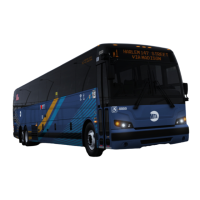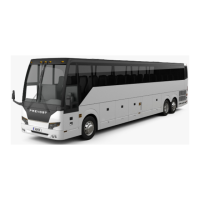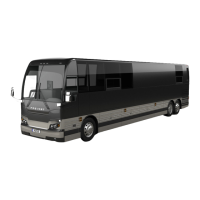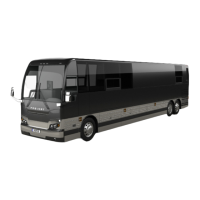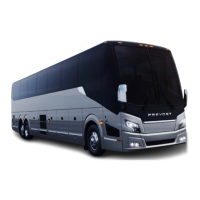SECTION 12: BRAKE AND AIR SYSTEM
DOB 1300-1556 | X3-45 Commuter PA-1648 Maintenance Manual Section 12 revised Jan 2021
Maintenance
On older vehicles, when replacing for the first
time
the older modulator valve M-32QR by the
newer M-40QR
modulator valve, it is important
to replace both left and right valves on the
vehicles drive axle or front suspension.
Modulator valve model can be easily identified
by thei
r different side cover and exhaust
section.
Mixing valve type on the left and right sides of
the vehicle may result in slight pull to one side
when braking.
Maintenance, removal and installation
information of this valve is supplied in Bendix
booklet, found on your Technical Publications
USB flash drive, under reference number
SD-13-4958.
21.3 ABS WITH ELECTRONIC STABILITY
CONTROL (ESC)
Overview
Bendix ESC stability system reduces the risk of
rollovers, jackknifing and other loss of control.
ESC features include Roll Stability Program
(RSP) and Yaw Control. During operation, the
ECU of the Bendix ABS system constantly
compares performance models to the vehicle’s
actual movement, using the wheel speed
sensors of the ABS system, as well as lateral,
yaw, and steering angle sensors. If the vehicle
shows a tendency to leave an appropriate travel
path, or if critical threshold values are
approached, the system will intervene to assist
the driver.
Roll Stability Program
Bendix RSP, an element of the overall ESC
system, addresses rollover conditions. In the
case of a potential roll event, the ECU will
override the throttle and quickly apply pressure
at all wheel ends to slow the vehicle. The level of
braking application during an RSP event will be
proportional to roll risk.
Yaw Stability
Yaw stability counteracts the tendency of a
vehicle to spin about its vertical axis. During
operation, if the friction between the road surface
and the tires is not sufficient to oppose lateral
(side) forces, one or more of the tires can slide,
causing the vehicle to spin. These events are
referred to as either an “under-steer” situation
(where there is a lack of vehicle response to
steering input due to the slide on the front axle)
or an “over-steer” (where the vehicle’s rear end
slides out due to tire slide on the rear axle)
situation. Factors that influence yaw stability are:
wheelbase, suspension, steering geometry,
weight distribution front to rear, and vehicle track
width.
Yaw Control
Yaw Control corresponds to a wide range of low
to high friction surface scenarios including
rollover, jackknife and loss of control. It is the
recommended system for all power vehicles and
especially critical for vehicles pulling trailers. In
the case of vehicle slide (over-steer or under-
steer situations), the system will reduce the
throttle and then brake one or more of the “four
corners” of the vehicle (in addition to potentially
applying the trailer brakes), thus applying a
counter-force to better align the vehicle with an
appropriate path of travel.
For example, in an over-steer situation, the
system applies the “outside” front brake; while in
an under-steer condition, the “inside” rear brake
is applied.

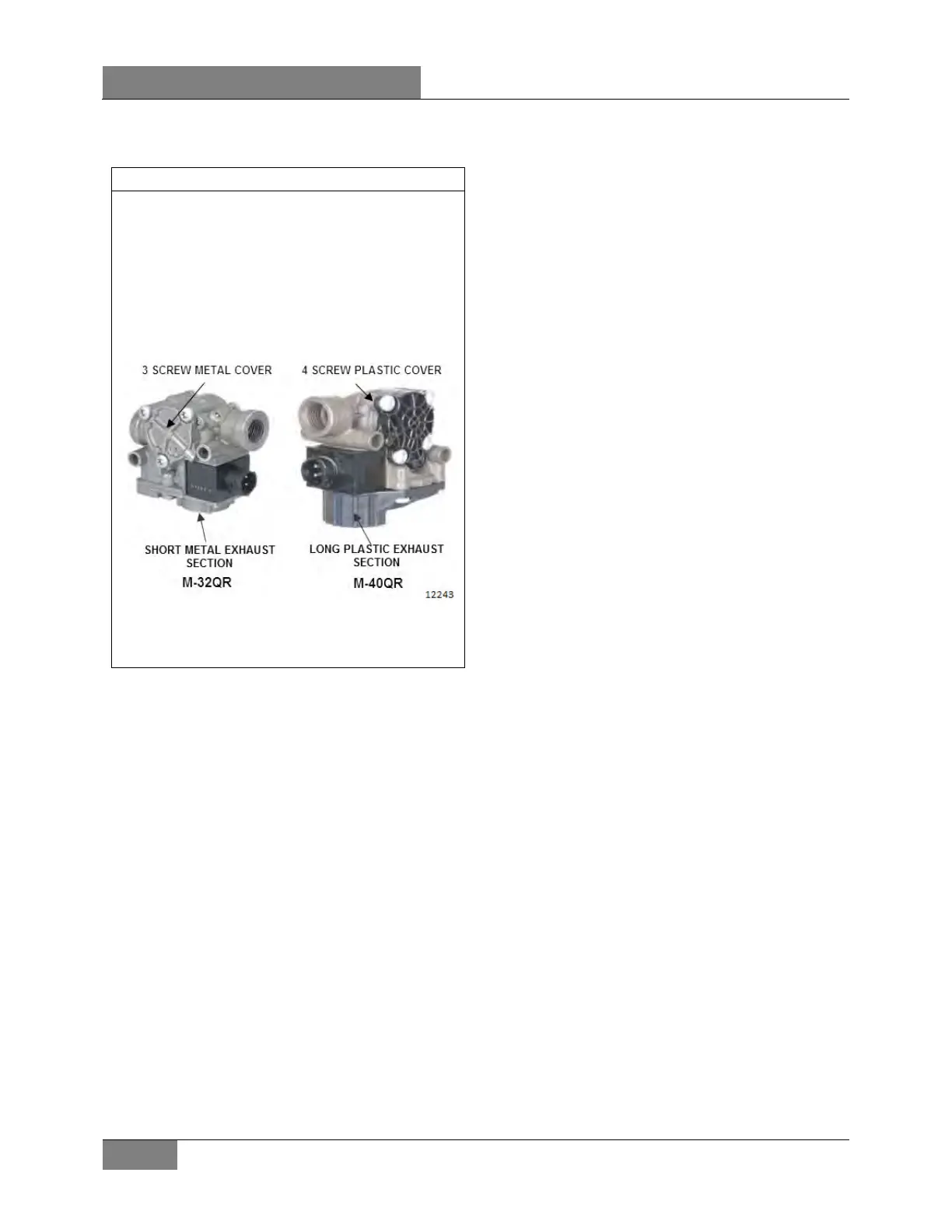